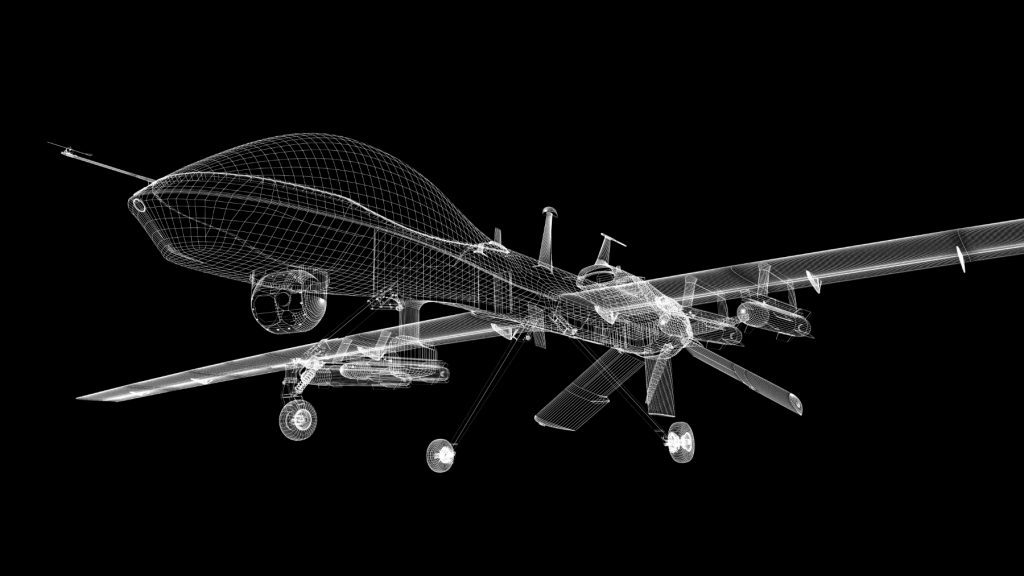
During the early hours of April 14th, Iran launched an attack on Israel, two weeks after the deadly Israeli strike on Damascus, Syria. This event was dubbed as the “Iran attack.”
Iran launched a significant retaliation against Israel, using many missiles and drones. Most of these were launched from Iran itself, but some came from groups supported by Iran in other countries. According to the Israel Defense Forces (IDF), they managed to intercept most of what Iran attack had sent before it reached Israel. As a result, the damage from the attack was minimal.
Although Iran had warned Israel prior to the attack, Israel didn’t anticipate the extent of the damage Iran could inflict in its assault. This attack wasn’t solely about regaining power; it was also a technological war.
Tech in Iran Vs Tech in Israel
During the escalating tensions, the recent conflict between Iran and Israel displayed a convergence of cutting-edge technology and military strategy. Iran’s arsenal included an array of advanced weaponry, from drones to low-flying cruise missiles and ballistic missiles. Among these were the Paveh-type cruise missiles, Shahed drones, and Emad intermediate-range ballistic missiles, demonstrating Iran’s technological prowess in modern warfare. Launched from Iranian territory, with some originating from Yemen, these weapons posed a significant threat to Israel’s security.
On the other hand, Israel swiftly responded with a technological advanced defense network, exposing its Israeli Air Force fighter jets and F-15E Strike Eagle aircraft. Employing state-of-the-art interception capabilities, Israeli forces successfully neutralized incoming cruise missiles, likely intercepting them over neighboring Jordanian airspace. Meanwhile, the majority of drones and cruise missiles were intercepted by U.S. and allied aircraft, highlighting a coordinated defense effort on an international scale. Although the specific weapons utilized by Israel in response to the attack remain unspecified, their strategic deployment underscores the pivotal role of technology in safeguarding national security amidst evolving geopolitical challenges.
GPS Disruptions in the Area
The GPS problems, linked to the IDF actions amid increased tensions with Hezbollah, are causing issues for navigation systems and smartphones. While the goal is to stop GPS-guided weapons, it’s making it hard for regular people to get around and for services to work properly. The technology is advancing, like Xtend’s drones, showing how defense methods are changing. As tensions rise, making sure people stay safe during these GPS issues is important. We still don’t fully understand all the effects of these disruptions. The ongoing GPS problems, happening during a tense time between Israel and Hezbollah, remind us of Iran’s attack on Israel on April 14th. These situations show how conflicts affect the citizens and how technology can cause problems in our daily lives. It’s a reminder of how complicated modern warfare is and how it affects everyone, and not just soldiers.
Inside Telecom provides you with an extensive list of content covering all aspects of the tech industry. Keep an eye on our Tech sections to stay informed and up-to-date with our daily articles.